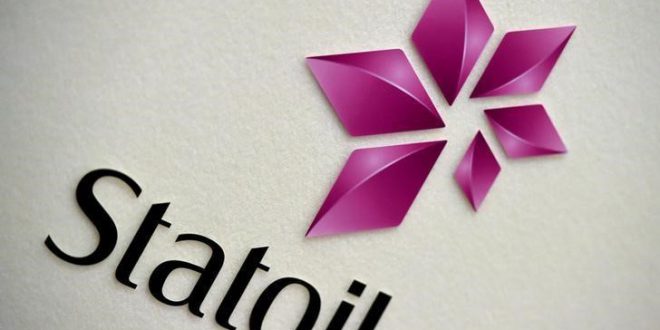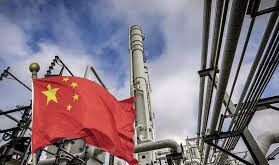Statoil is expected to kick off its heavy lift operation for its flagship UK Mariner development this week.
The industry heavyweight has hired the Saipem 7000. one of the world’s largest heavy lift vessels. to lift nine topside modules. including a flare boom. into place. Operations are expected to start Thursday. weather permitting.
In the run up to the landmark lift. Mariner project director Uno Holm Rognli and his team have been studying the execution of similar heavy oil fields.
“For Mariner. we have been looking at the Peregrino development in Brazil and the Grane heavy oil field in Norway.” he said.
“We are now entering the hook-up and commissioning stage for Mariner. so we have also been studying Gina Krog on the Norwegian Continental Shelf. which is slightly ahead of Mariner. to learn the lessons they did early on. We are trying to capture as much learning as we can.”
The operation sequence includes lifting the utility module first. followed by the four process modules. flare. living quarters. drilling module and finally the drilling tower.
“We have a hectic period coming up with more than 1.500 people coming on board this project.” Uno said.
“We have been very. very busy and that’s going to remain the same for the rest of this year and into next year. The activity level for us is on the up now and that’s great.”
Total weight for the modules. which completed a 11.300 nautical mile journey from South Korea to Shetland earlier this month. is 38.000 tonnes. The lifting operations for Mariner. which was sanctioned in 2012. are expected to take up to four weeks to complete.
The North Sea milestone comes after the Norwegian operator was forced to push back first oil by a year. The delay. caused by a bottleneck of work at a South Korean shipyard. will now see the project come on line in second half of 2018. Once in operation. the field will produce around 55.000 barrels of oil per day and is projected to deliver 250million barrels of oil in its lifespan.
However. Uno insisted his team have used that time to their advantage. including deploying the Noble Lloyd Noble jack-up rig to the field.
“We used the delay to optimise our drilling operations.” Uno said.
“Because of the delay we were able to start pre-drilling on the field. which was not in the original plan.
“We started in December 2016 and have been able to carry that through all way until the lift.”
But Statoil’s drilling ambitions don’t stop there. Uno confirmed during the lifting operations the Noble Lloyd Noble jack-up rig will be deployed to drill an appraisal well in the surrounding area. The Norwegian operator is on the hunt for potential tie-backs. he said.
“The Greater Mariner Area is much more than just the Mariner field.” he added.
“We are drilling an appraisal well in the area this summer and have plans for a new exploration well. They will both give new information about Mariner’s wider prospects. which we will be looking at.”
The field’s prospects remain strong even in a low oil price. according to Uno.
The project director declined to give a final cost per barrel as it is still being confirmed. but added: “We have been looking at ways to save costs and do things smarter and better. “We have adopted a low oil price scenario. The oil price has always been cyclical. It’s going to be that way in the future.”
That includes ensuring the topside is as “move-in” ready as possible.
“A lot of the things we need are already on board.” Uno said.
“The living quarters come with the curtains and cutlery already on board.”
But despite the depressed market place. Uno insisted: “We have a 30-year perspective with these projects. so we’re probably going to have a few more downturns during Mariner’s lifespan. but also a few periods of a stronger oil price.”
He added: “The lifting marks a new period for this project. At the start of Mariner. we were new to Aberdeen. Now we have an established organisation with all the pieces coming together. What’s exciting about Mariner is that it’s going to produce for 30 years. That’s a good thing. because it means we’re here to stay.
 Iran Energy News Oil, Gas, Petrochemical and Energy Field Specialized Channel
Iran Energy News Oil, Gas, Petrochemical and Energy Field Specialized Channel




